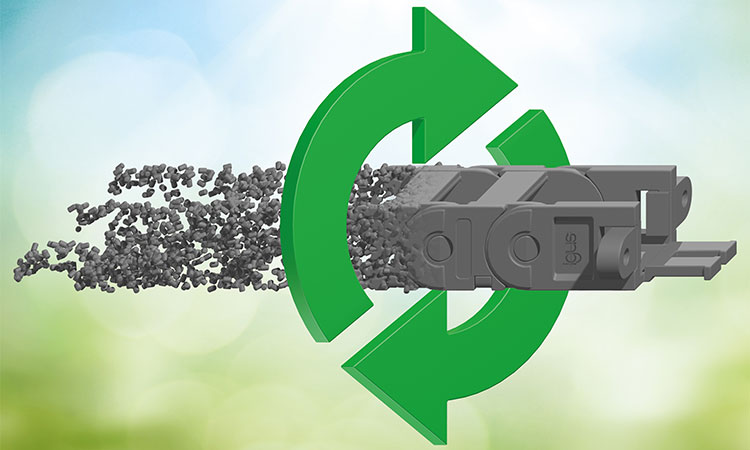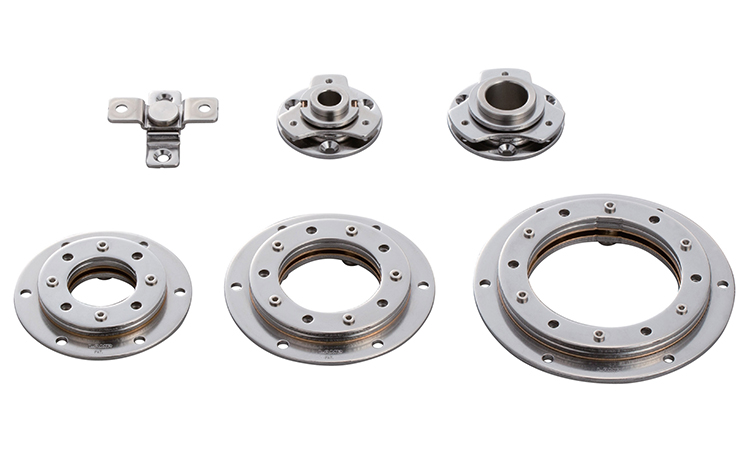80% lower CO2 footprint: igus switches to recycled…
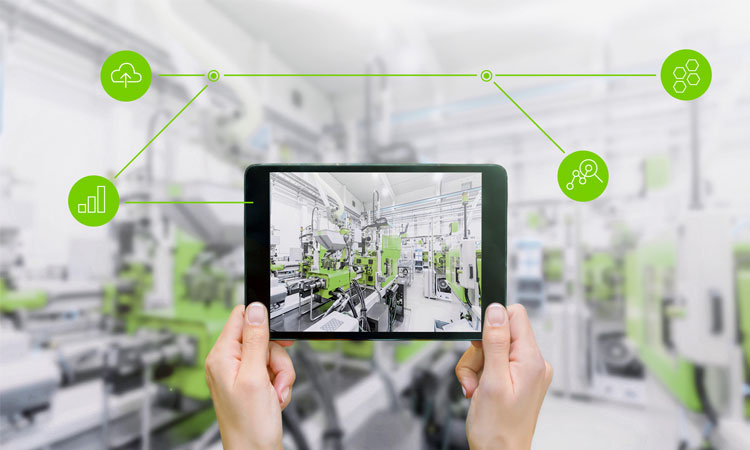
5 Keys to the digital transformation | ENGINEERING REVIEW |Manufacturing | Industrial Sector Magazine & Portal
On the path to the smart factory, we are no longer asking if the digital transformation will occur. Rather we are wondering how it will happen. The fact has long been accepted that digitally networked production contains advantages, particularly in relation to optimized production and increased efficiency. How will the digital transformation work? Which technologies play key roles? WAGO has outlined a plan and now provides the bases of these ideas.
Field signal integration, horizontal and/or vertical networking, IT security, and modularization are the essential characteristics of a smart factory. Integration is performed step by step and according to need. The production managers know best which utility can be expected from digitization. However, solution providers show how this transition can occur gradually using certain technologies, including scalable expenses and predictable returns on investments.
1st Key: Sensor Integration
The initial pivot point of the digital transformation is to adapt the manufacturing processes using sensors. Sensors are already contained in production modules for automation; however, for a complete digital transformation of the physical production sequence, components that were previously considered as passive – like storage tanks, transfer belts, pipelines, or even the product itself – must also be digitized. In addition, objects subject to wear, like bearings in motors and drives, must also be included to complete the process. Digital adaptation requires that all production components, down to the smallest part in the manufacturing process, be included.
This is why the sensor system – and its integration – is one of the most important enablers for a digitized factory. “A complete digital process map is fundamental for enabling targeted direction of processes,” states Hempen. The integration of this new variety of sensors, in the most cost-efficient way, is a basic pillar for the digitized factory and an enormous challenge, which WAGO has addressed. Because the WAGO-I/O-SYSTEM 750 offers more than 500 I/O modules in a compact size with high scalability, WAGO can offer the market’s most diverse system for sensor integration.
2nd Key: Horizontal Networking
Production processes are divided into multiple manufacturing steps. To create an optimal production process, all participating production islands must be networked. This also enables module-to module communication, so that production islands agree with one another and with the product (if necessary), without requiring higher-level production control processors. This horizontal networking applies beyond internal production processes to include external logistics for the manufacturing process. The supply of raw materials, and their disposal, should also be linked into logistics as needed.
The multiple communication lines in the WAGO PFC Controller meet the requirements for these applications, in order to operate multiple clients with different communication protocols from one node. Thus, communication with the upstream and downstream manufacturing islands can be performed from the controller; in addition, communication is possible with the product itself through B31luetooth®, and via Ethernet TCP/ IP to the higher-level production guidance systems. This all occurs through separated communication paths in the controller. The WAGO Controller guarantees these multiple communication characteristics.
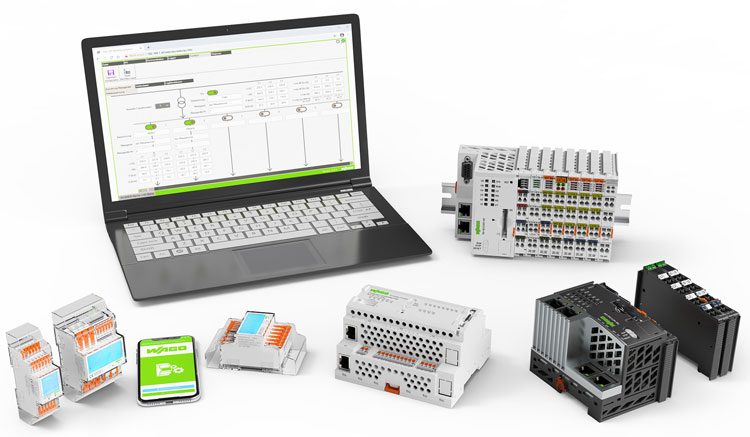
3rd Key: Vertical Networking
Cloud networking to servers openly available online – designated as the “public cloud’ – generates some serious thought, as this could open up access to the production process around the world under certain circumstances. In the vertical networking of the digitized factory, the distinction between open cloud applications and vertical networking to external manufacturing computers belonging to the company should be carefully maintained. Through protected accesses to one’s own severs, for example, using VPN, https, and other individual encryption methods, and encrypted communication in private client server topologies, the Internet structure is merely employed as a network. This architecture, designated as the ‘‘private cloud’’, differs substantially from the public cloud in both its server landscape and in the server connection to publicly rented server landscapes.
Regardless of whether the cloud is ‘‘private’’ or ‘‘public,’’ both cases concern the vertical linkage from the production model beyond corporate boundaries. For B-to-C firms, access to servers can be facilitated for end consumers, for example, enabling them to place an order directly at the production module. WAGO’s controllers offer integrated remote access which converts to an IoT Gateway (Internet of Things Gateway). In addition to the actual controller, parallel communication protocols can be integrated through which access can be established. Physical access can occur via Ethernet or the mobile phone network, while logical access takes place via MQTT. As with horizontal networking, multiple communication access to the WAGO controller enables access by different clients to the controller. Status information, like run/stop, connection status, device information, and variables defined in the IEC program can thus be transmitted to the cloud and visualized. Variables can be defined via the program that can determine which will be transmitted to the cloud and which must be protected. This means that sensitive data does not leave the company.
The user determines whether the controller sends the data to major cloud providers, like Microsoft Azure, Amazon Web Services, or IBM Bluemix. With Cloud Data Control, WAGO also offers a solution that presents a link between the elements of the real and the digital worlds. It manages and monitors all WAGO PFC Controllers, their applications and data. In addition, connections to third-party solutions can be established, by using the MQTT protocol, among others, like a proprietary customer server with OPC UA communication.
4th Key: IT Security
When production data are detected and transmitted, IT security must play a substantial role. Production data are valuable, and require specific protection. A great deal of responsibility is transferred to the WAGO PFC Controllers and Couplers because of their multiple communication access capabilities. The controllers, with their Linux® operating system, have encryption standards according to TLS1.2 (SSH, FTPS, HTTPS, etc.) and offer onboard VPN functionality based on the strong Swan package, one of the secure communication solutions for Linux® operating systems. During communication with a PFC200, an encrypted LAN/WLAN connection can be established, and the contents of those interchanges can only be understood by the two endpoints.
Connections are established only after successful authentication.
Establishing a VPN connection occurs according to the OpenVPN and IPsec standards. While IPsec is encrypted in operating systems in layer-3 (layer-1 = physical communication, layer-2 = data layer link), OpenVPN ensures data integrity at the application level (layer-7). This results in communication connections between the controllers and network access points that cannot be bugged or manipulated by third parties. WAGO’s controllers from the PFC100/200 family include an integrated managed switch that can be used to implement additional lines or redundant ETHERNET connections. This also enables the broadband limit function directly in the switch. In turn, it also allows through integration in ring structures, or redundant coupling to the network infrastructure. User administration and access protocols, like HTTPS, FTPS, SNMPV3, and SSH, are likewise integrated. Disconnectable ports, MAC whitelisting, and firewalls additionally increase security. Finally, the loggers for all configurations on the WAGO controllers ensure additional security.
The PFC100/PFC200 are characterized by a cross-platform real-time Linux® system, which is available as an open-source operating system that can be scaled, updated and supports tools such as Rsync. Basically, the user should be able to take precautions in less critical applications: Unsecured protocols, like Telnet, http, FTP, or SNMP can be avoided for critical applications. These should rely on encrypted protocols instead. Unnecessary ports (protocols) should be de-activated. Default passwords should naturally be changed each time, and user roles should be assigned.
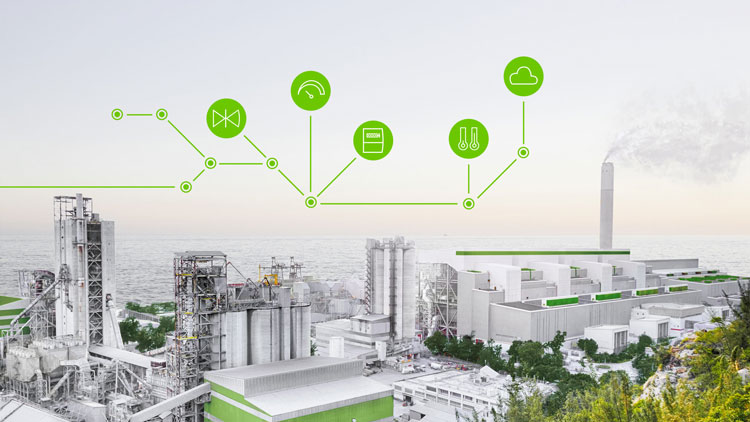
5th Key: Modularity
Production must react with flexibility and versatility to challenges incurred by increasingly shorter product life cycles, paired with significantly lower batch numbers down to lot size 1, without increasing manufacturing costs. The necessary versatility can only be created by modularity in the production process. This applies to both production modules, and automation across the entire manufacturing process. This is why WAGO introduced the DIMA MTP method in 2015, which is currently on a path to becoming the international standard.
Content forms the standard for interfaces between the manufacturing modules and a higher-level production control processor. Thanks to standardization, manufacturing modules can be replaced without adaptation in the production control processor. This is comparable to exchanging the printer used by a PC, which the user can immediately activate due to standardized printer drivers. DIMA MTP likewise uses a software driver for the production modules: The “MTP – Module Type Package”. Like a driver for a printer, the MTP contains a digital description for the manufacturing module, and thus the virtual description of a system that is physically available. The MTP describes the functions of the production module, its visual representation in the production control processor, diagnostic information, and technical data. It is designed in Automation ML, and is generated by the PLC software program in the production module. At WAGO, it is possible to generate the MTP as easily as pressing a button due to the programming behind the WAGO e!COCKPIT Engineering tool.
The MTP is thus an important component, embedded in the DIMA method for solving the demands made by Industry 4.0 for modular systems that are not merely modularly constructed, but also modularly automated. This forms an essential foundation for the autonomous, self-monitoring factory. System modules can thus be flexibly combined with one another independent of manufacturer, which then forms the basis for even more flexibility and versatility.
Conclusion
Digitization in production is a necessary development that brings stability and increases added value – it is also becoming more important with increasing international competition and rising product customization. The digital factory – smart factory – is presented as a reference architectural model of Industry 4.0 by ZVEI, and describes the essential challenges. WAGO responds to these challenges with solutions for sensor integration, horizontal and vertical networking, IT security, and modularity.







